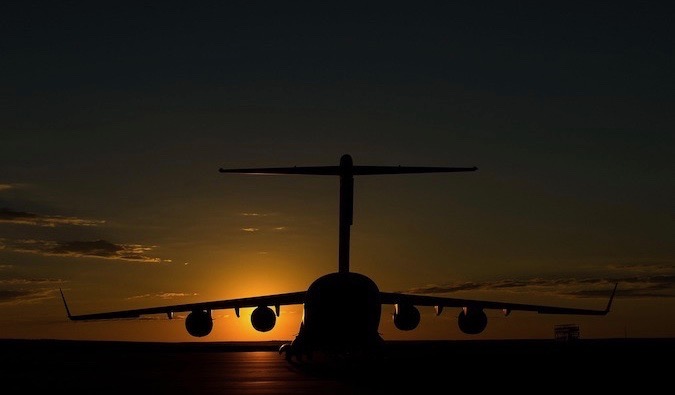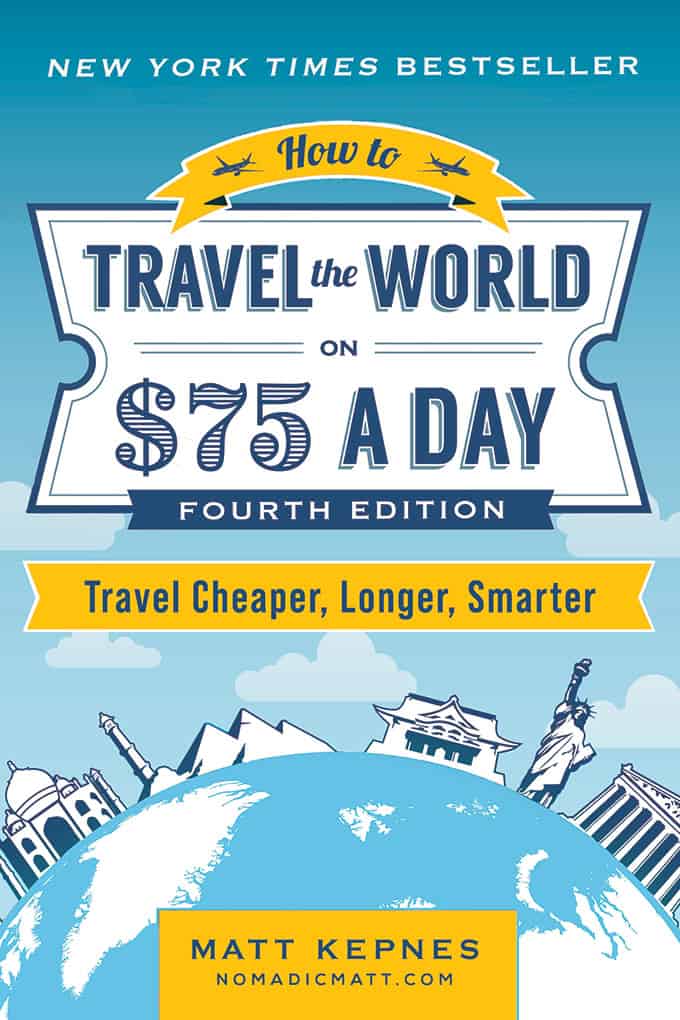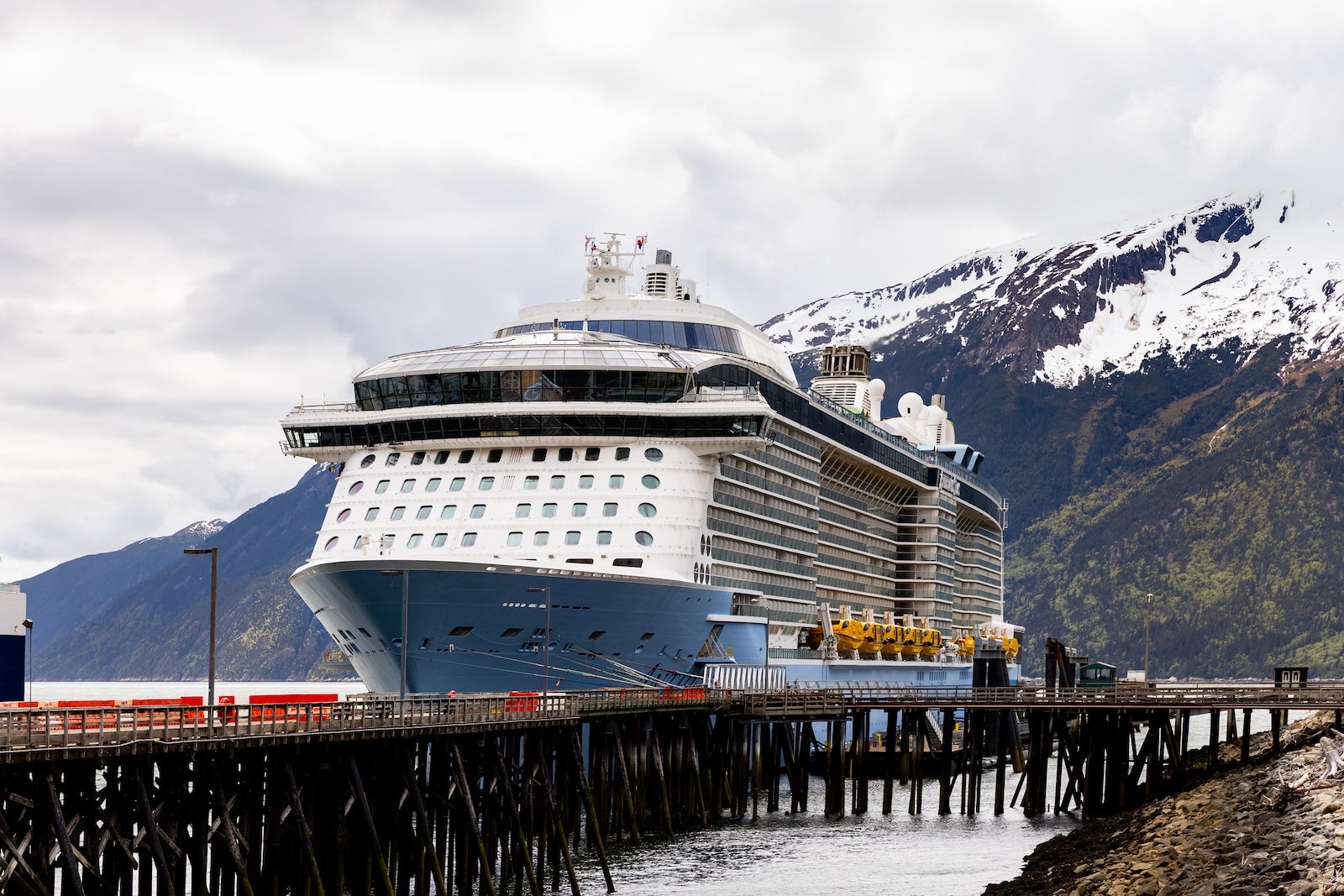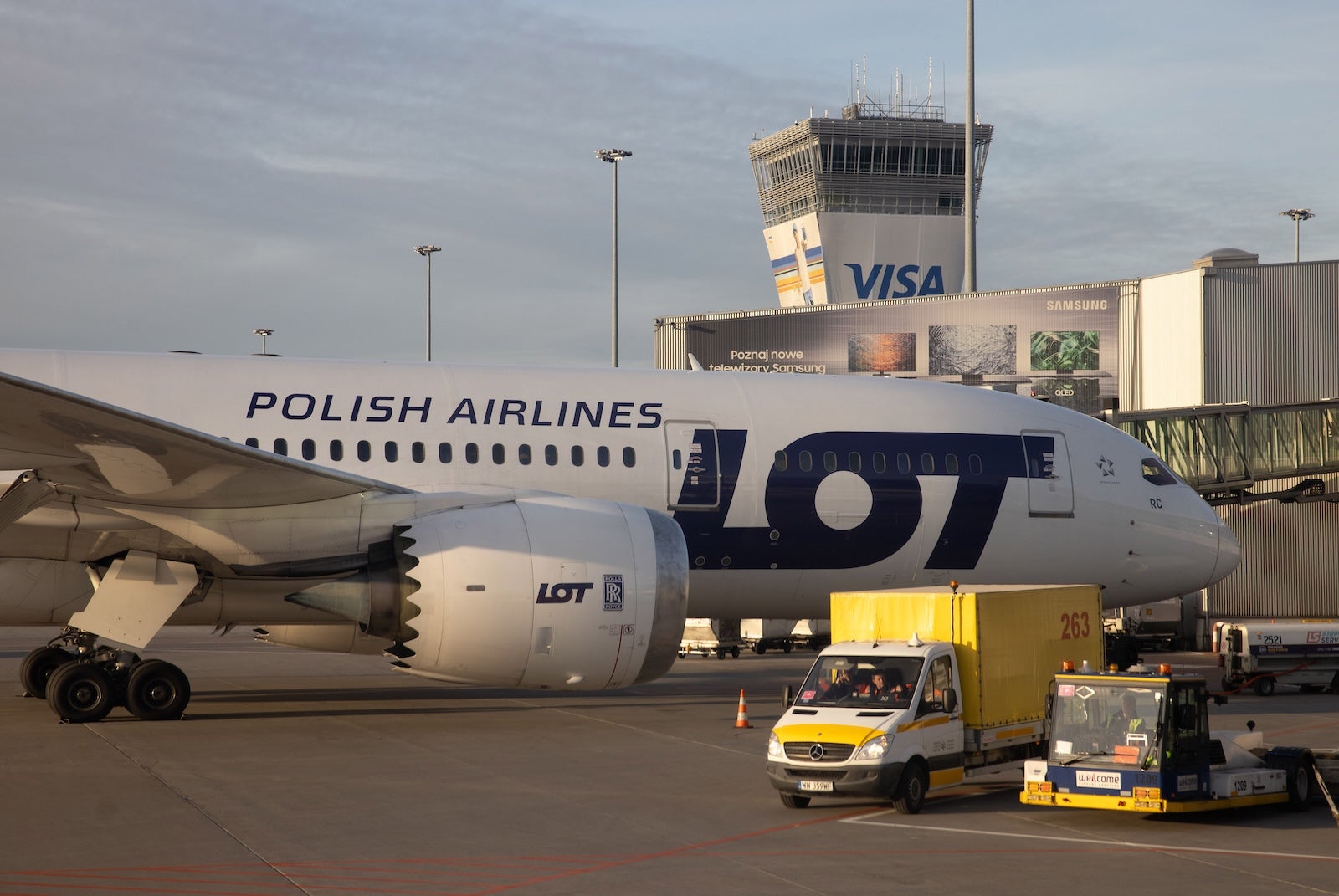For nearly two decades, I’ve witnessed a dramatic shift in the world of air travel. The landscape has been reshaped by airline mergers, the rise of budget carriers, and a growing reliance on points and miles – a far cry from the days of easily accessible round-the-world tickets.
Recently, the cost of flying has steadily climbed, often feeling unpredictable and frustratingly high. It’s a question on every traveler’s mind: why does that airplane ticket cost what it does? The answer is surprisingly complex, rooted in forces reshaping the entire industry.
The consolidation of airlines is a primary driver. Decades of bankruptcies and mergers have left just three major players – American, Delta, and United – dominating the US market. With the recent changes involving Spirit, Alaska, and Hawaiian, competition is dwindling, giving airlines more control over pricing.

The situation is similar elsewhere. Canada has WestJet and Air Canada, while Europe is largely controlled by Air France–KLM, British Airways IAG, and Lufthansa. Fewer choices translate directly into less incentive for airlines to offer lower fares.
Adding to the financial pressures, the price of jet fuel has skyrocketed. In 2017, a gallon cost $1.37; by 2024, that price had surged to $6.49. Airlines have inevitably passed these substantial costs onto passengers.
Don’t overlook the increasing burden of taxes and security fees. A significant portion of your ticket price, particularly when flying into destinations like London, is comprised of these additional charges.

The aftermath of the 2008 recession and the COVID-19 pandemic further exacerbated the problem. Airlines reduced routes and flight frequencies to compensate for decreased demand, and then struggled to rebuild capacity when travel rebounded.
During the pandemic, airlines retired older aircraft and reduced staff. When travel surged back, they faced a critical shortage of both planes and personnel. This limited supply, combined with high demand, created a perfect storm for inflated prices.
The way airlines determine pricing is a sophisticated game driven by four key factors: competition, supply, demand, and oil prices. These elements all feed into a crucial metric called the “load factor” – the percentage of seats sold on a flight.
Airlines relentlessly adjust prices to maximize this load factor and, ultimately, their profits. They employ dynamic pricing models and artificial intelligence (AI) to calculate the maximum revenue they can extract from each seat.
Ever noticed prices spiking after a major event? That’s not coincidence. It’s the AI at work, responding to increased demand and adjusting prices accordingly. The system analyzes countless data points – past sales, events, weather, competitor behavior – to optimize pricing in real-time.
This explains the seemingly erratic fluctuations in ticket prices. One day a flight might be affordable, the next exorbitant, and then back down again. As seats are sold, prices generally rise, but when demand dips, they fall – a delicate balancing act designed to maximize revenue.
The constant price adjustments aren’t about tracking your browsing history; they’re a response to the dynamic flow of bookings. Millions of people are searching and reserving seats simultaneously, making it easier for airlines to fill planes and reduce the need for discounts.
On a typical domestic flight, there can be 10 to 15 different price points. Airlines increase the availability of cheaper fares when demand is low and raise prices when demand is high, constantly shifting the balance in their favor.
While the days of consistently cheap airfares may be behind us, understanding the pricing mechanisms empowers you to avoid overpaying. Flexibility is your greatest asset. Booking well in advance – around three months – can give you access to the lowest fares.
Airlines begin managing those bottom price points three months out, analyzing trends and sales to determine whether to release deeply discounted fares or maintain higher prices. Waiting until the last month puts you at a disadvantage, forcing you to pay whatever price is offered.
The industry has fundamentally shifted. The advantage now lies with the airlines, but informed travelers can still navigate the system and find reasonable fares by understanding the forces at play and embracing flexibility.





